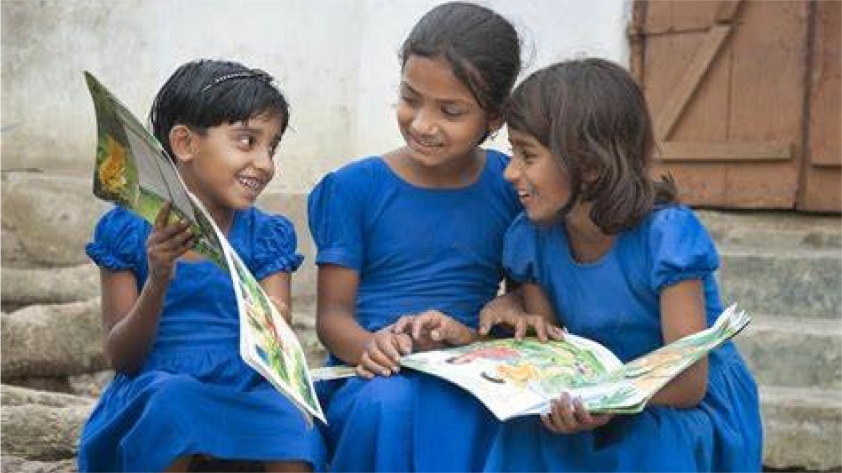Rani Padmavati jumped into the fire to guard the honour of the Rajputs of Mewar. Over the years, her sacrifice has been enshrined in art, literature and film. India has a thriving culture of celebrating women as great wives, as robust carriers of traditions and dainty figures of honour. Though Padmavati seemed to be displaying ingenious diplomatic tricks right through the 2018 movie, there was no escaping mass suicide. In case of the Marathas, Sati was an exception and not the rule. The point was not to die victorious, the point is to live victoriously. Sakwarbai, Queen of Chatrapati Shahu, was burnt alive against her wishes and historical records seem to suggest she was forced to commit Sati. The agency and will to die is broadly wiped out from any understanding of Sati. Tarabai Bhonsle, the brave daughter-in-law of the medieval monarch Chhatrapati Shivaji, who has been resurrected by modern Indian politics as an eternal symbol of Maharashtrian identity.
It was his daughter-in-law Tarabai, who took over the reins of the Maratha kingdom after the death of her husband Rajaram and mastered Aurangzeb’s technique of bribing army commanders on the enemy side. Also, following the same techniques used by the imperial army, Tarabai and her commanders began penetrating the long-held territories of the Mughal empire as far north as Malwa and Gujarat and appointing their own revenue collectors. Her story is not readily found in curriculums. Today, in India, our women icons are numbered and we circle back to the same names and stories, relegating so many of them to the footnotes of history.
Today, our education system has failed great women through a patriarchal archiving of history that is largely only bound by textbooks. We have kept our classrooms away from stories that could have inspired girls to break the shackles of patriarchy because we have been limited to textbooks and assessments that are bound by our knowledge of them. What girls in classrooms need is the knowledge of such women. They need a patient system that trusts them, that believes women can fight and excel, a system that isn’t waiting to expel them at the first sign of failure.
In Northern Indian states, typically in villages, when a girl student fails a course or a grade, her parents are quick to conclude that she is unfit for education. The judgement is steeped in the economic and social realities that determine admission and retention in the first place. Technology does not judge a question a human educator may call out as ‘stupid’. Technology is available 24/7, it simplifies languages and concepts in a standardised manner. It boosts a tendency of self-learning and quickly answers all questions so the student can move on to the next problem.
Personalised adaptive learning (PAL) is the tool that will keep girls in school and bring them at par with the boys especially back in those villages where the trajectory of life is predicted at birth.
At the workforce, women need equal reskilling opportunities and disruptions, mostly digital, to not cast them aside. Their retention in new STEM roles is needed, given their over representation in fields like human resources and admin roles which are most vulnerable in large companies. A more targeted reskilling may be needed when the woman is re-entering the workforce at some stage in her life. From the public sector, working women seek an ecosystem of logistical and emotional support that sustains her absence from her children and family. The Anganwadis are presently nutrition mapping centres that run only for a few hours (9 pm – 12 am), increasing the size of the centre and the hours of operation can help several blue collar women remain in the workforce. Organisations working on mobile creches exist but require better scaling up with the help of fruitful public-private partnerships.
As recently as 2004, men held an 8.4% turnout advantage over women in national elections. Just a decade later, in the general elections of 2014, that gap had shrunk to a mere 1.8%. This election, fought with a communication machinery unprecedented in reach, witnessed the highest women voter turnout in each state. Women turned out in large numbers, 88.42% women came out to vote in a state like Lakshadweep and women outnumbered men in states like Bihar, Odisha and Rajasthan. This is invariably linked to women-oriented policies launched by governments, given that campaigners met women who were able to articulate concerns like the lack of clean cooking fuel. Access to a clean toilet and universal guarantee bank accounts are both transformative for women. Local body reservation for women was initially only symbolic to check the quota box. But over time, it has empowered women to come forward and assert authority. Today, at the level of tehsils and villages, women have been promoted national missions like Swachh Bharat and lead communities on matters of maternal health, drugs and financial discipline. They take it upon themselves to become the last mile of governance. Going forward, women will play a huge role in determining public policy and having their impact on making schemes gender-inclusive.
